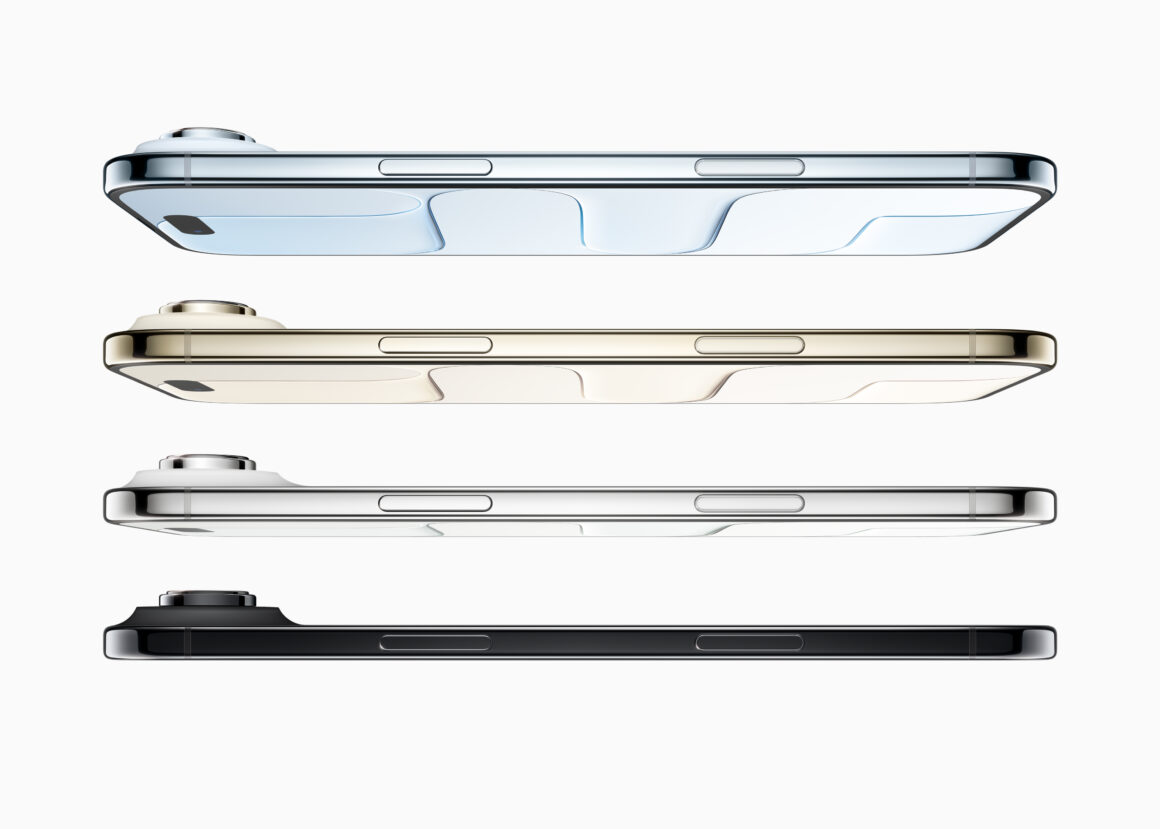Apple is significantly scaling back production of its recently launched iPhone Air, while ramping up output for the iPhone 17 and iPhone 17 Pro models, according to a new report from Nikkei Asia. The move comes as strong global sales for the iPhone 17 lineup defy both the ongoing U.S.-China tariff war and the broader slump in the smartphone market.
Production orders for the iPhone Air have reportedly been cut to near “end-of-production” levels, even though the device only went on sale in China last week. Sources told Nikkei Asia that weak demand in other markets has forced Apple to drastically scale back production orders and reduce component procurement from suppliers.
Under Apple’s initial plan, the iPhone Air was expected to make up 10% to 15% of total iPhone 17 production this year. However, beginning in November, output for the Air will reportedly fall to less than 10% of September levels. While demand has been underwhelming outside of China, the model’s debut in the Chinese market has been relatively strong so far. The iPhone Air is also viewed as a strategic bridge to Apple’s first foldable iPhone, which is rumored to arrive in 2026.
According to Nikkei Asia, “By contrast, demand for the iPhone 17 model and iPhone 17 Pro has exceeded expectations. Apple has increased production orders for the baseline iPhone 17 by about 5 million units and also added orders for the high-end iPhone 17 Pro, according to two sources with direct knowledge of the matter”
This strong consumer interest is evident on Apple’s official U.S. website, where wait times for an iPhone 17 with 256GB of storage now stretch two to three weeks, and one to two weeks for the iPhone 17 Pro. The iPhone Air, on the other hand, remains readily available with no waiting period.
“Apple is the only client that has so far kept its production forecast for its latest series,” one supplier executive told Nikkei Asia, noting that competitors like Samsung, Xiaomi, Vivo, and Oppo have all reduced production expectations for 2025. Another supply chain executive described the situation as “a big relief,” adding that Apple has even asked suppliers to prepare additional components in case demand continues to climb.
According to Counterpoint Research, sales in the first 10 days have outpaced the iPhone 16 by a solid 14% in both China and the United States. For context, China and the US together account for the largest share of iPhone shipments worldwide. The standard iPhone 17 model was identified as the primary driver of that growth.
Stay updated with the latest news on this by downloading the Appleosophy App from the App Store or by visiting our website.








